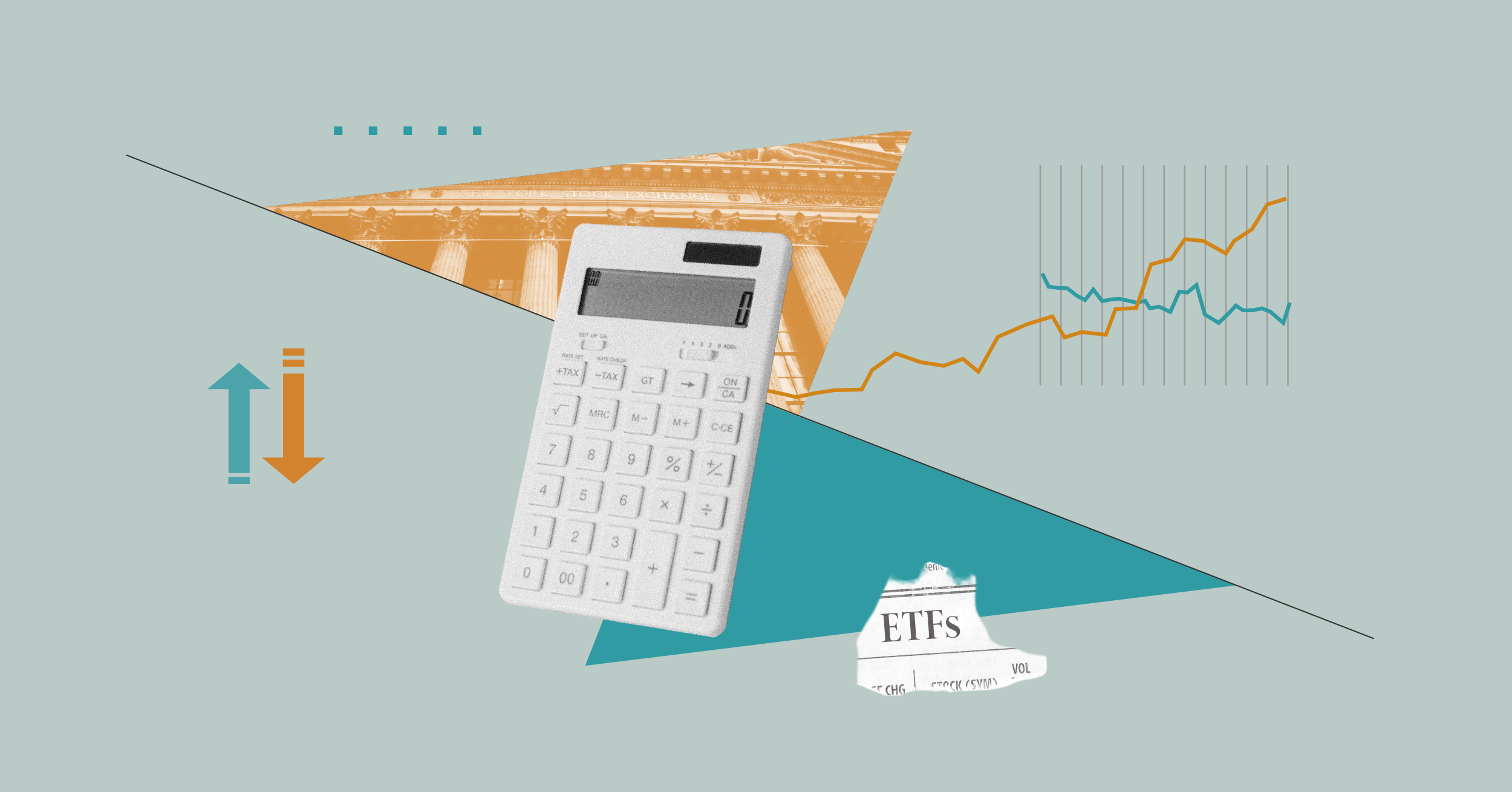In conjunction with the November Asset Allocation Views, Andy Brunner, investment strategist with OBSR, a Morningstar company, summarises this economic and financial market background.
For the first time since mid-year global growth forecasts have stabilised. The October aggregate, of course, hides a multitude of sins and it was only upward revisions to U.S. GDP growth estimates for next year that offset generally small reductions elsewhere, with the exception of the eurozone. This table shows latest GDP forecasts for the main economies and compares them with those of last month (in brackets).
The U.S. economy continues to confound the sceptics with GDP in 3Q growing at a 2.5% per annum rate. This headline figure, which was well above consensus forecasts of a month ago, actually understates the underlying strength of the economy as final sales (GDP – inventories) surged by 3.6%, the second strongest quarter of the recovery to date. Although both consumer spending and corporate capex grew at a very robust rate it must be remembered that, just as the first half of the year suffered from temporary factors subtracting from growth, so the latest quarter benefited from their reversal. It would be somewhat intemperate, therefore, to presume the economy can maintain such a pace especially as job growth remains well below the level normally required to achieve self-sustaining expansion. In addition, the fiscal outlook is opaque and, at best, is likely to slow growth by 0.5% next year and at worst fiscal drag could exceed 1.5%, while a spillover from weakness in Europe appears unavoidable.
Indeed, while yet-to-be-reported 3Q GDP figures may show some improvement on a weak 2Q, nearly all of the main indicators point to the eurozone already slipping into recession. The debate now tends to revolve around how long the contraction will last, but the weakness in forward-looking indicators and a still-to-be-resolved sovereign debt crisis are hardly comforting. While many commentators (and initially financial markets) were encouraged by the outline plan delivered at the EU Summit, the paucity of detail and the time delay before the erection of a firewall for either sovereigns or senior bank debt and only half-hearted backing from the G20 (no new fund support), leaves a void that financial markets have used to riot in the past. Italy is now the epicentre of the debt crisis (significant financial-linkages to French banks) and it is hoped that the prospect of eventual short-term technocratic-led leadership in both Italy and Greece can avert a deepening of the crisis. Such sophistry is unfortunately a symptom of an unknown endgame encouraging wishful thinking that more austerity and forced recapitalisations can restore confidence rather than just dig a deeper economic hole. In the end surely the ECB will be forced to blink and roll those printing presses. If not...?!
Elsewhere, 3Q GDP grew at 0.5% quarter-on-quarter (2.0% year-on-year) in the U.K. as last quarter’s temporary distortions were unwound and over the six month period underlying growth of around 1.0% per annum is more representative. With survey data, continuing weak income growth and on-going fiscal drag indicative of even weaker growth numbers, the MPC/BOE have initiated another round of quantitative easing (QE2) with £75 billion of mostly long end gilt purchases by end January.
Monetary policy is increasingly being used to offset slowing growth. The ECB unexpectedly cut interest rates and has scope for further moves, while Australia, Russia and Indonesia all recently lowered rates. The U.S. Fed has also indicated that it could resort to further large-scale asset purchases and, perhaps most interestingly, the Chinese authorities appear to be shifting to a less hawkish stance.
Indeed, news of receding Chinese inflation and measures aimed at easing lending restrictions for mid/small companies was well received by Chinese equity investors, with the index of major stocks listed in Hong Kong, "H-shares", soaring 33% in a matter of weeks. Elsewhere, stockmarkets also rallied hard through much of October (the MSCI World Index gained 8.5%), led by resurgent U.S. stockmarkets (that S&P 500 added 10.8%) boosted by the improved economic data and another strong corporate results season. Worldwide, financials and cyclicals (up 15% or so) were unsurprisingly in the vanguard of the recovery although by month end and in the first week of November eurozone worries had raised their ugly head once more.
With reversion to "risk on" trades for most of October, corporate credit significantly outperformed governments in the main bond markets as did emerging market debt. The "risk on" trade also encompassed most commodities (copper up 15% and WTI crude up 18%) and generated sizeable rallies in the euro, albeit it is proving unsustainable, and most Asian/Emerging Markets currencies. With the euro and the Swiss franc now linked and the BOJ intervening heavily to weaken the yen, the dollar/yen axis is now the safe-haven play..























